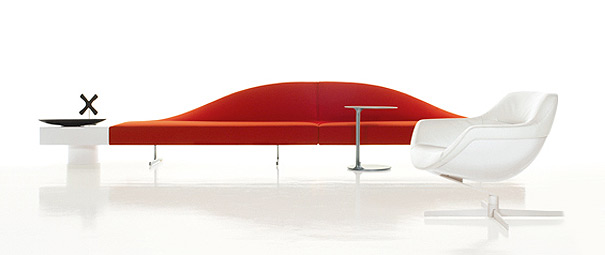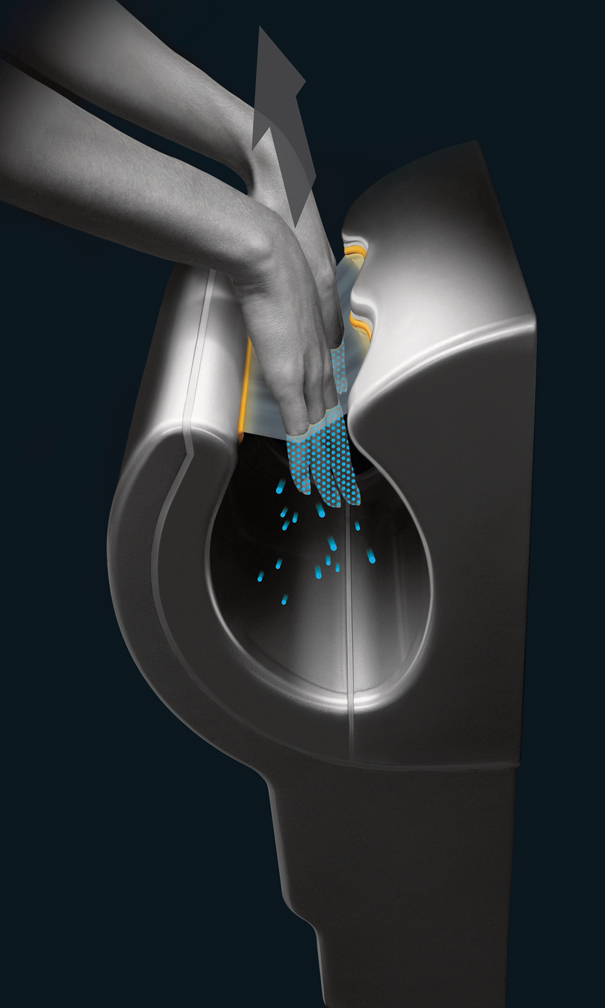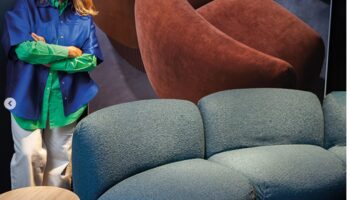What Joe is Thankful For
When Jacob asked me to write a piece about the past year’s products that most inspired gratitude, my initial response was a practiced cynicality toward any and all gestures of sentimentality. In all likelihood, I rolled my eyes and harrumphed loudly enough for the dog across the room to take notice (it didn’t help that I was in a post-turkey slumber).
But on further reflection, this is a great opportunity for a mental perusal/re-visiting of why design matters, of the manifold ways in which functional and artistic innovation touches us all (assuming you don’t live in a cave), both as a member of the global collective and as an individual. Because for me, one of the true pleasures of writing for 3rings is how contact with design evokes memory. This is usually my initial access point for a product, my first entry into discovering meaning. So I’m grateful to the industry for creating products that evoke these connections, products that invite engagement with the future as well as the past. I’m also grateful for the venue, for the way it encourages creative engagement with a piece. In my discussions of the aesthetics of a given product, 3rings gives me license for creative comparison-the ability to invoke anyone from Stanley Kubrick to Katherine Hepburn, from Franz Kafka to Dr. Seuss!
What other design blog would encourage such flights of fancy? None that I can think of. So with such philosophical waxing in mind, here are five products that satisfy this double-duty of engaging with the world at large (always in rare and surprising ways) as well as with the threads of my memory.
I am thankful for the Aspen Sofa. Making the cut in part because it was the first review I did for 3Rings (my inner-sentimentalist emerges), the Aspen Sofa is nevertheless a seminal piece that’s very much in the present but also maintains a connection with the past. Reminiscent of the hey-dey of glamorous cinema (think Key Largo and Casablanca), the piece also evokes the skiing culture of my youth. Yes, before Aspen was Aspen, there was Franz Klammer and Jean-Claude Killy; Stein Erikson and Ingmar Stenmark; and the drama of Spider Sabich and Claudine Longet. The Aspen Sofa takes me back to these days, before one of the world’s great pastimes had become so woefully commercialized.
Aspen Sofa, from the Contemporanei Collection. Designed by Jean Marie Massaud. Manufactured by Cassina.
I am thankful for Attika Woodstoves. So my bias for mountain life is showing a bit, but I couldn’t resist. I’m grateful to Attika Stoves for the contemporary lines and clean look (rather important when dealing with an historically dirty method of home heating); the supreme functionality and safety-conscious installations; the four-sided aesthetic appeal; the debunking of the square firebox; and, of course, for evoking the skiing culture of my youth.
Wood Fireplaces. Manufactured by Attika.
I am thankful for DecoTurf. From skiing to tennis… I guess I’m finding that many of my most potent memories involve sports. This acrylic/rubber composite has become the industry standard for artificial surfaces. DecoTurf evens out the playing field by standardizing wild cards like skitter length and bounce height, which-unless you’re a one-trick-pony like Ivan Lendl or Boris Becker-you’ll surely appreciate. So thanks to DecoTurf for getting (my mind, at least) out of the living room and on to the court.
DecoTurf, tennis surface.
I am thankful for the Dyson Airblade. What best of list would be complete without a trip to the restroom? One aspect of design I truly admire is how it perpetually reinvents the ways we live our lives. A wise man once told me, “design is everywhere; we’re in contact with good design every moment of our lives.” A sage observation indeed… And the Dyson Airblade gives the truth to the sentiment. Facilitating a germ-free, energy-light, and skin-safe method of hand-drying, the Airblade gets kudos for pulling me out of the bedroom and into the bathroom-no small feat…
Dyson Airblade, hand dryer. Manufactured by Dyson.
And finally, I am thankful for the Schubladenstapel (to view image, please view the complete Schubladenstapel article). And back into the bedroom… I’m thankful to Schubladenstapel in many ways, not the least of which is its tongue-twistingly elegant name and its evocation of Mumenschantz, the bizarre German/Austrian/Scandinavian performing arts group which I now know to be the locus of many of my childhood nightmares. A constructed tower of “found” drawers randomly arranged, Schubladenstapel has a sense for the whimsical and the strange, as well an uncanny foretelling of a noteworthy design trend-the reclaimed/re-used/re-fashioned component. The piece gets my notice for observing that we can create aesthetically compelling design from historical castoffs, and that the haphazard array has a beauty all its own.








Leave a Reply